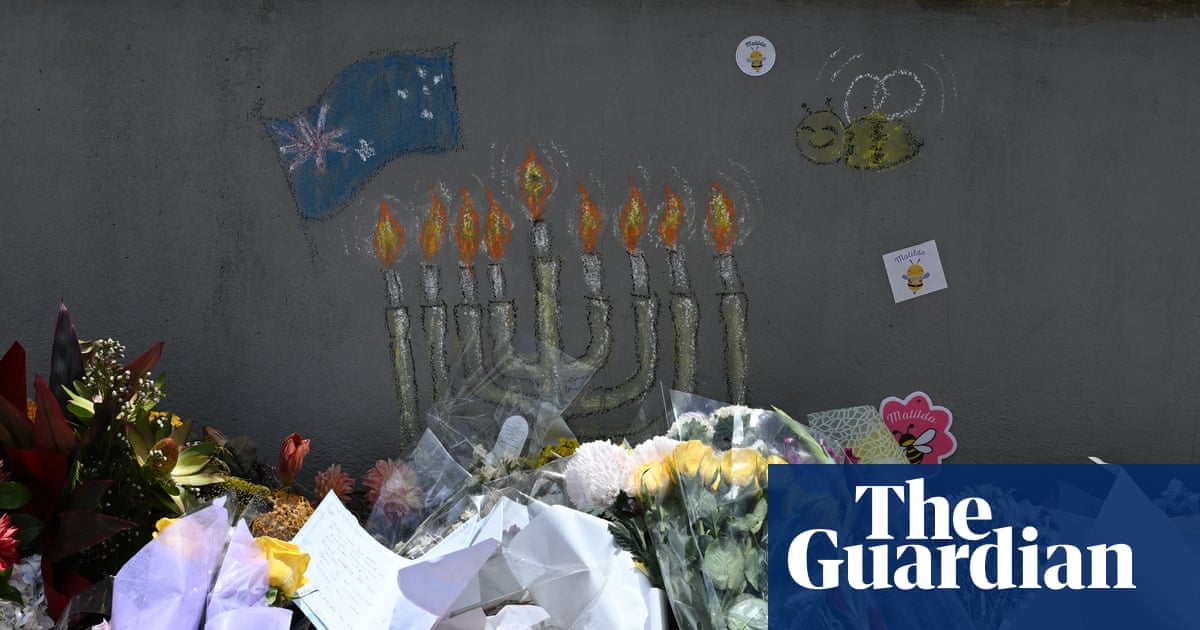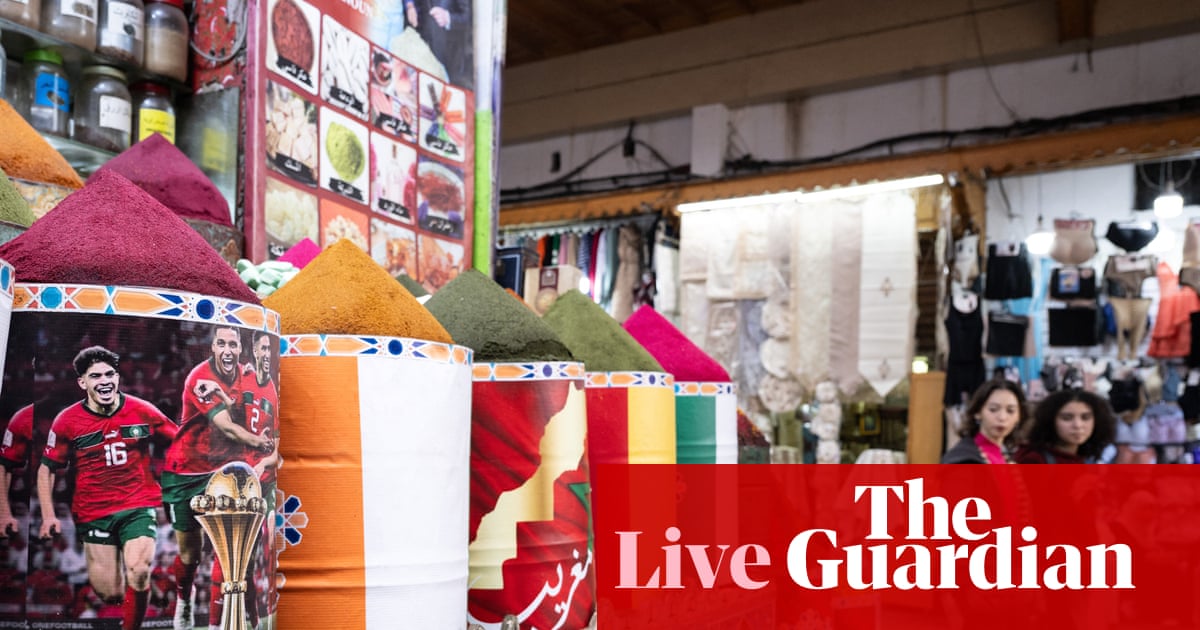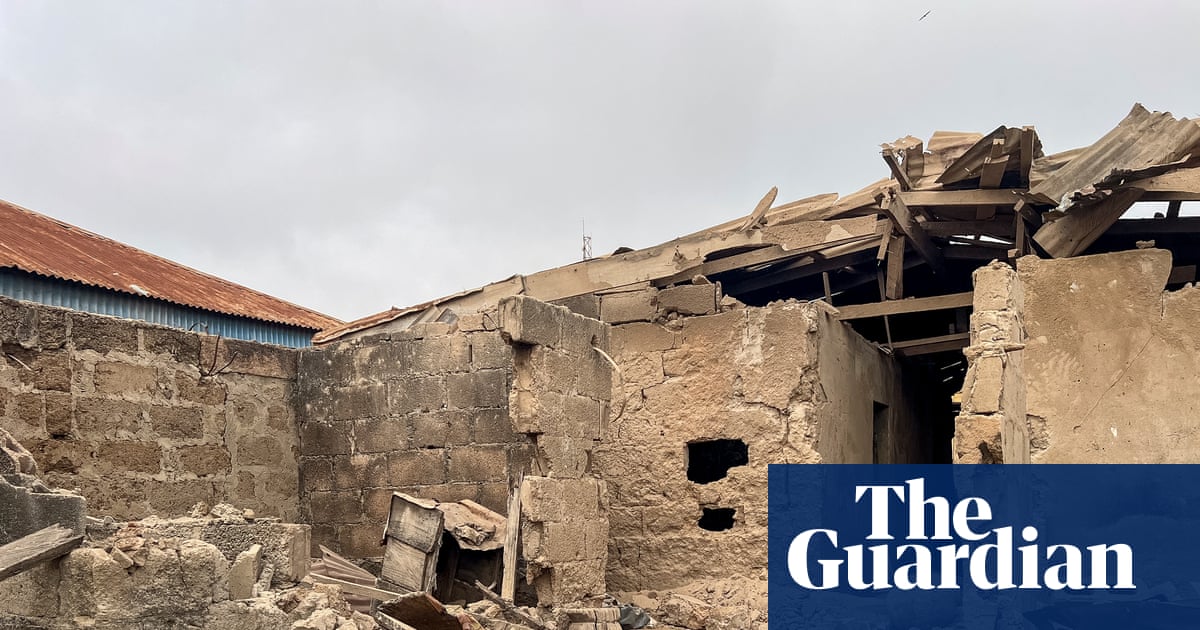In Majuro, a day after fire ravaged the national parliament, the full devastation became clear. The building known as Nitijela had been reduced to a blackened shell, littered with debris. Among the objects lost to the fire were archive documents, original journal transcripts of daily sessions going back decades, and artworks that once adorned the walls.
Flames had engulfed the building by the time the only functioning fire engine in the Marshall Islands arrived to fight the blaze on 26 August. Firefighters were joined by residents and government officials, furiously trying to extinguish the flames and salvage any hard drives storing digital documents, including a copy of the country’s constitution.
Yet despite their efforts, the building could not be saved. Now the people of the Marshall Islands are confronting a loss of a landmark that holds deep cultural significance.
“It was the heart of our democracy – a place where the Marshallese voice was heard, our sovereignty upheld, our future shaped,” says the minister of foreign affairs and trade, Kalani Kaneko.
“The Marshall Islands has overcome many trials. This tragedy will not define us. Our collective response and resilience in the face of it will demonstrate our strength.”
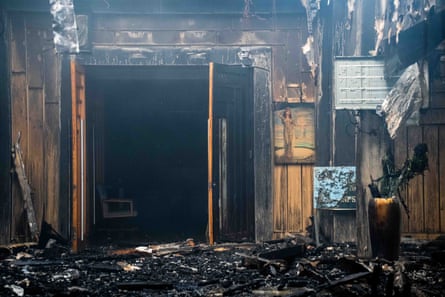
Clearing the parliament’s ruins is expected to begin almost immediately, according to local media, and the rebuild could take up to a year. President Hilda Heine said the “foundation of our democratic spirit and cultural strength remains firm and unshaken”.
Located in central Majuro, the parliament was connected by a corridor to the former capitol complex, which had been slated for rebuilding. The complex had been unoccupied for more than 10 years until its demolition last spring. Both buildings were 32 years old. Reconstruction of a new capitol complex will be delayed as the government works to first rebuild the parliament.
Less than a week after the fire, a local construction firm brought heavy equipment for demolition to the site. Construction is expected to begin soon after clearing the ruins, and is aimed to be completed by August 2026. In the meantime, parliament will convene next door at the International Conference Centre.
Kaneko says the cost of reconstruction is expected to reach millions of dollars but that what was lost cannot be measured in money. He calls the Nitijela the symbol of Marshallese democracy and “the space where the voice of our people shaped our nation’s journey”.
The Pacific archipelago lies between Hawaii and Australia and has a population of 42,000, with about half in Majuro. It had previously been colonised by Spain, Germany, Japan and the US.
The name Nitijela means “the coming together of those who know” and is based on a proverb once used to describe forums held by irooj (chiefs).
“The building gave a platform for the people of the Marshall Islands to story their own issues and chart their own course as Marshallese … without filter by colonial powers,” says Desmond Doulatram, a social science instructor at the College of the Marshall Islands.
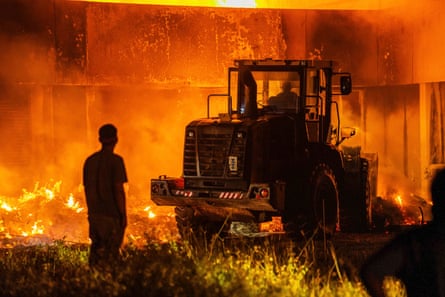
When the Nitijela is in session, key votes, debates and public hearings are broadcast on national radio and livestreamed, connecting Marshallese communities around the world.
Doulatram describes the Nitijela as a “symbol of a reciprocal relation between leaders and the people” where plans are developed and debated, and cultural memory and oral traditions preserved.
What the Marshall Islands needs most now, Kaneko says, is “solidarity and support from our friends and partners”, including technical expertise, financial assistance, and guidance in design and preservation.
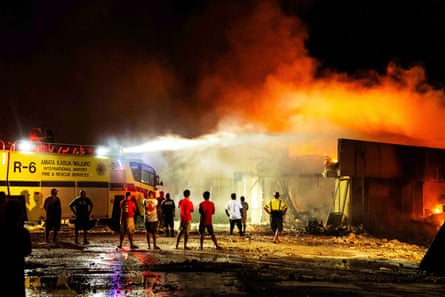
Under a recently renegotiated compact of free association with the United States, the Marshall Islands may be eligible to receive disaster assistance from the Federal Emergency Management Agency. Fema, which the Trump administration has threatened with drastic cuts, did not respond to requests for comment.
Kitlang Kabua, a senator representing Kwajalein Atoll, tells the Guardian: “Although our hearts are heavy … I believe that Nitijela is still alive and strong through the survival of our people. So long as we remain and exist, we will always have Nitijela.
“We will build another Nitijela chamber that honours the legacy of our forefathers, our culture and the Marshallese of today and tomorrow.”

 3 months ago
54
3 months ago
54



